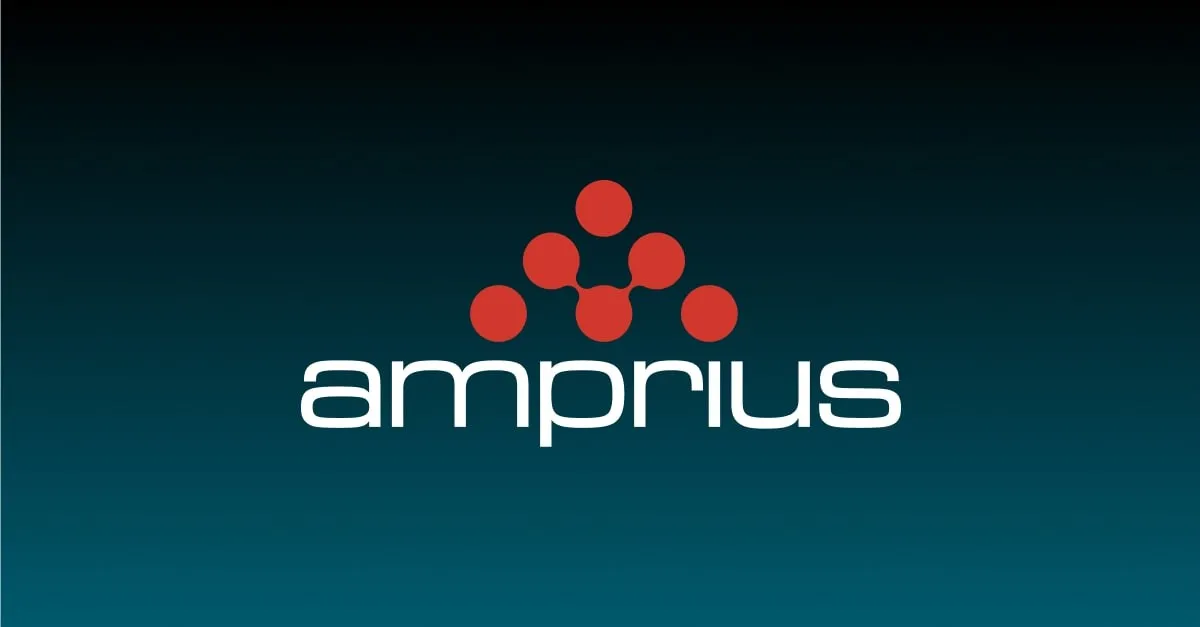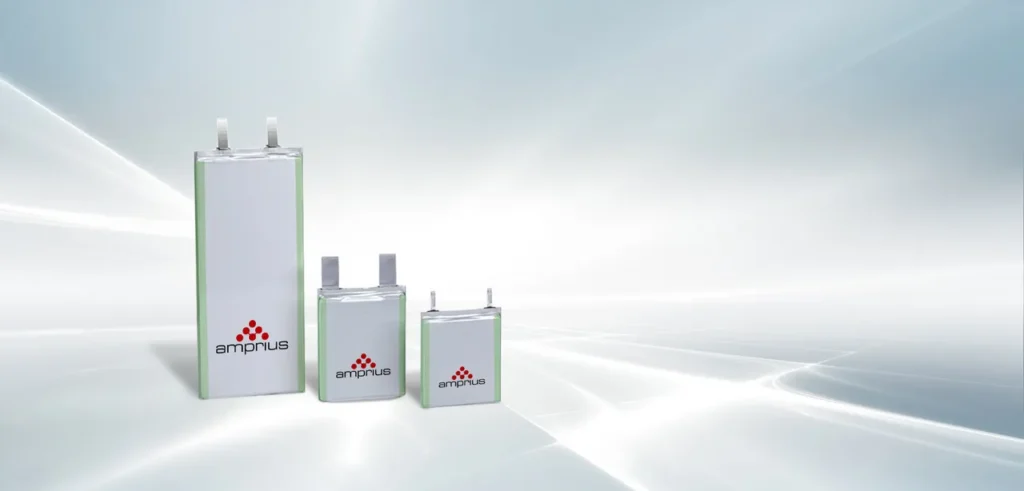
Amprius Technologies Launches 450 Wh/kg SiCore™ Lithium-Ion Cell, Ready for Mass Production
Amprius Technologies, Inc. (NYSE: AMPX), a prominent innovator in advanced lithium-ion battery technologies, has officially introduced its latest and most energy-dense lithium-ion battery to date—the 450 Wh/kg SiCore™ cell. This breakthrough product signifies a pivotal advancement in battery performance, combining unprecedented energy density with production scalability. The company’s announcement reinforces its position as a leading force in the electrification of high-performance sectors, particularly electric aviation, defense, and advanced mobility.
The new SiCore battery cell stands as a major technological leap, boasting a remarkable 450 watt-hours per kilogram (Wh/kg) and 950 watt-hours per liter (Wh/L) of energy density. These specifications make it one of the most powerful and compact commercial lithium-ion cells available today. The cell is engineered using Amprius’ proprietary silicon anode platform, which dramatically surpasses the energy density offered by traditional graphite-based lithium-ion batteries. Specifically, the SiCore cell delivers up to 80% more energy compared to conventional cells—a performance level that could fundamentally transform how energy is stored and deployed in next-generation platforms.
Built for Performance and Scalability
While Amprius has previously demonstrated similar energy levels through its high-performance SiMaxx platform, the SiCore line represents a shift in emphasis toward commercial readiness and manufacturability. According to Dr. Kang Sun, CEO of Amprius Technologies, “We’ve demonstrated what’s possible at 450 Wh/kg with our SiMaxx platform years ago. What makes this SiCore cell different and noteworthy is that it brings that level of extreme performance into a cell chemistry and format that are ready to scale with the existing lithium-ion battery manufacturing processes and equipment in the industry. It’s production-ready, commercially available, and already being qualified by customers today.”
In other words, SiCore was designed not only to push the limits of energy storage but to do so in a way that’s compatible with today’s large-scale battery manufacturing infrastructure. This ensures that Amprius can move beyond the laboratory and prototype stages and into a phase of global production, where the need for high-energy-density solutions is more urgent than ever.
Meeting the Demands of Critical Sectors
This newly launched battery cell has been purpose-built for demanding applications that operate in challenging environments. It has already drawn the interest of aviation and defense sectors, where every gram of weight and watt of power can dramatically affect mission outcomes. The cell is ideally suited for High-Altitude Platform Stations (HAPS), Medium-Altitude Platform Stations (MAPS), and Unmanned Aerial Vehicles (UAVs). These applications typically require long-range operation, extended flight times, and payload optimization—all of which benefit from the high energy density and lightweight properties of the SiCore cell.
In such mission-critical fields, energy density is not merely a performance metric—it’s a cost and operational efficiency factor. By enabling more power without adding bulk or mass, Amprius’ SiCore battery allows for greater payload capacity, fewer fuel or battery swaps, and longer mission durations. These advantages not only improve operational capabilities but can also reduce the total cost of ownership for operators, a compelling value proposition in cost-sensitive sectors.
On the Path to Mass Production
Amprius has been rapidly moving to ensure that the 450 Wh/kg SiCore cell is not only technologically advanced but also commercially accessible. To meet growing customer demand, the company has established a global network of contract manufacturers with gigawatt-hour-scale production capabilities. This infrastructure is essential to scaling production quickly while maintaining the high quality and performance standards that critical sectors require.
UN38.3 certification—a prerequisite for the safe air transport of lithium-ion batteries—is anticipated within the current quarter. This certification is a crucial milestone that clears the way for the battery to be shipped commercially in volume. Upon receiving it, Amprius plans to begin global distribution and enable commercial deployment at scale.

A Broader SiCore Strategy
The 450 Wh/kg cell is part of Amprius’ broader SiCore product platform, which was officially unveiled in January 2024. The SiCore platform represents a significant evolution in Amprius’ product roadmap. It was developed to combine high energy and high power in a single, scalable battery format—a combination rarely achieved in the battery industry.
Traditionally, lithium-ion cells are optimized either for energy (to last longer) or for power (to deliver bursts of electricity quickly). Achieving both simultaneously without compromising on safety, weight, or longevity has been a persistent challenge. SiCore changes this equation by using Amprius’ advanced silicon anode architecture to deliver both high energy density and high power performance in the same package.
This enables SiCore cells to support a diverse range of applications, from long-duration electric flight and tactical defense systems to high-performance electric mobility and portable energy systems. For customers across these sectors, the availability of a dual-performance cell represents a new level of operational freedom and flexibility.
Silicon Anode Advantage
At the heart of Amprius’ competitive edge is its patented silicon anode technology. Traditional lithium-ion batteries use graphite anodes, which are limited in how much lithium they can absorb. Silicon, by contrast, can theoretically hold ten times more lithium than graphite, making it a game-changing material for energy storage.
However, using silicon in commercial batteries has long been challenging due to issues like expansion during charging and reduced cycle life. Amprius has spent years solving these challenges and has developed a proprietary silicon nanowire anode structure that addresses these limitations. The result is a battery that not only stores more energy but does so reliably, safely, and in a commercially viable form factor.
This breakthrough has enabled Amprius to offer batteries with energy densities that were previously only theoretical. With the SiCore platform, the company has proven that these advantages can be realized in real-world products, not just in research labs.
Future Outlook and Industry Impact
The commercial launch of the SiCore 450 Wh/kg cell comes at a critical time for industries undergoing electrification. Aviation, in particular, is facing mounting pressure to reduce its carbon footprint and improve efficiency. Electric aircraft and drones require battery solutions that offer high performance without compromising safety or scalability—criteria that the new SiCore battery appears to meet head-on.
Similarly, the defense sector continues to seek lightweight, reliable energy solutions that can power sophisticated equipment in remote or hostile environments. The endurance and compact form factor of the SiCore battery could open new possibilities for tactical drones, surveillance systems, and portable power units.
Looking ahead, Amprius is well-positioned to expand its footprint across both existing and emerging markets. With a global manufacturing strategy already in place and increasing customer engagement, the company aims to be a central player in the next era of energy storage.










